Most narratives about HOLC/FHA redlining focus on the redlined areas. The narrative goes something like this: redlined communities were created, and Black people were forced to live there.
While that’s generally accurate, it ignores all the other groups that suffered from the HOLC grading of communities.
This post excerpts some of the Los Angeles County HOLC reports to give a sense of how the different areas were evaluated.

The HOLC assigned four color grades: red, yellow, blue, and green. Red was the worst; green was the best. Most of Los Angeles was yellow or blue.
The greenlined areas all had racist restrictions to prevent minorities from moving in. The bluelined areas generally did, as well. Some of the yellowlined areas had them. The redlined areas did not.
The redlined areas were all old communities, with one going back to the late 1700s. The other colors were the newer communities, with green and blue typically being the newest.
“Negroes” were a specific category, with their own field in the form, while other minorities were categorized as “immigrants”. In Los Angeles, Mexicans, who had lived here longer than whites, were also singled out. “Japs”, who were numerous in Los Angeles, were also singled out. Specific white people, like Jews, Armenians, and Italians, were also accorded a lesser status than other whites.
There was also a fear of “subversive elements”, which could include people of all races who aligned with left organizing.
Redlining is now illegal, but I think the attitudes in these reports still persist.
You can see these reports linked from the annotated map at:
Each place is associated with a report, written by the FHA. I’ve excerpted some of the reports, below.
Trigger words: racism, bigotry, unfairness, oppression, poverty, segregation.
Redlined
Redlined communities were generally the older communities, most around 20 to 30 years old (average age), or even older and going back to the pre-USA days.
The first excerpt is the most racist one. It’s about San Gabriel, around the mission. Before the mission arrived, this was an indigenous village:
This is the original San Gabriel settlement which was established at the time the Mission of that name was built in 1776. As it was in the beginning the neighborhood is distinctly Mexican and some of the descendants of the original inhabitants still reside in the area. With the exception of a few residences occupied by these old families, there is no apparent pride of occupancy or ownership. The vast majority of the population, while American-born, are still “peon Mexicans”, and constitute a distinctly subversive racial influence. Many of the Mexican-born inhabitants wore repatriated during the [D]epression years and their places in many cases are said to have been taken by hybrid Mexicans of American birth who are a distinctly less desirable type. Construction and maintenance are uniformly of poor quality and area has an extremely shabby and ill-kept appearance. This area is considered a menace to this whole section and pressure is being exerted to confine the population and keep it from infiltrating into other districts.
Elysian Park and Dog Town (Chinatown and the Chavez Ravine area):
Deed restrictions: An unrestricted district which is also lacking in definite zoning. Public and parochial schools, churches, trading centers, recreational areas are all conveniently available. Dependent upon bus line on Figueroa St. for transportation. Within walking distance of Civic Center. This is an extremely old area which was never highly regarded and is now thoroughly blighted. A part of it known as “Dog town” is a typical Mexican peon district. Although there are a few old fairly presentable homes which are still in original ownership, the area as a whole is dilapidated and inhabited by a highly heterogeneous and subversive population.
This area had started to develop as the urban-suburban Chavez Ravine, a mostly Mexican American community with houses and apartments. These homes were eventually seized by emininent domain by the city, purportedly for constructing public housing. The effort to build that housing was thwarted by the landlord lobby, and the area lay vacant, until the city sold the property to the Dodgers, to build their stadium.
The HOLC report has bias. The photos of the area show both relatively new, and old housing. New development in the area seems to have started in the 1920s, and continued until the area was condemned.
Montebello, a small area along Whittier Blvd.:
This is an old Mexican settlement which also contains a mixed white population generally of Southern European extraction.
West Whittier:
This is an extremely old Mexican shack district, which has been “as is” for many generations… It is a typical semi tropical countryside “slum”.
Boyle Heights:
This is a “melting pot” area and is literally honeycombed with diverse and subversive racial elements. It is seriously doubted whether there is a single block in the area which does not contain detrimental racial elements… [T]here are very few districts which are not hopelessly heterogeneous in type of improvement and quality of maintenance… The Federal Government, in conjunction with the city government are undertaking a slum clearance project covering 41 areas in the extreme northeast part of the area.
Baldwin Park:
Many people in area are employed in citrus groves and large rock crushing plants adjacent to community… Values in the town for homes are low because of low-income earning ability of its residents.
Monterey Park:
This is an old Mexican farm labor settlement, that in the course of time has developed a mixed population of poor white Americans and Italians.
South Central LA:
This is the “melting pot” area of Los Angeles, and has long been thoroughly blighted. The Negro concentration is largely in the eastern two thirds of the area… This area is a fit location for a slum clearance project.
Watts:
This area, which is located in both County and City territory, is known as the Watts district. It contains one of the largest concentrations of Negroes in Los Angeles County, There are also many Mexicans and Japanese residents, the latter usually occupying garden tracts, largely located in the southern portion.
South of Hawthorne area:
This area is largely in County territory, just outside the Hawthorne city limits. Development of this section as a suburban farming district began many years ago, but its present residential character began less than 20: years ago. Much of the hatched portion is still in small farms and considerable part of the unhatched portion is rural in its makeup. Under those circumstances it is not surprising that population, improvements and maintenance are extremely heterogeneous. Many Japanese gardeners and Mexican farm laborers are found in the outlying districts.
Southern Santa Monica and Venice:
This is a very old area, 40 to 50 years at least. It is located in both Santa Monica and Los Angeles City. Its growth has been gradual over the period of its existence. Population and improvements are extremely heterogeneous.
West Hollywood near the Viper Room and south:
This is an unincorporated area located wholly in county territory and has no deed or zoning restrictions… This area is highly heterogeneous both from a standpoint of population and improvements. The presence of subversive racial influences and nouses of doubtful character, together with age and obsolescence, precludes better than a “red” grade.
Hollywood, across from the present LACC:
The few deed restrictions which have not expired aro irregular and largely non-effective… The population is highly heterogeneous with more than a sprinkling of subversive racial elements, there being several concentrations of Japanese and Negroes within the district. There is also quite a Jewish population adjacent to the synagogue which is located in the northern part.
Van Nuys:
This is an old blighted area with a large Mexican labor population.
North Hollywood (east of Vineland and Chandler):
The district is utterly blighted from the standpoint of residential desirability. Population is made up of subversive racial elements, with very meager incomes.
Gardena:
The town of Gardena, which is the center of a thickly populated farming section had its inception some 30 years ago. It is surrounded by small farms, truck and flower gardens, which are largely operated by Japanese and Mexicans.
Monrovia:
This is an old Mexican orchard laborers district, with as nondescript a lot of dwellings as can be imagined. Construction runs from “shack to substandard with a very few standard room cottages. The best homes are generally owned by Negroes, who constitute a large portion of the home owners. These are usually railroad laborers.
Greenlines
The “greenlined” areas were the “best” areas, and had deed restrictions that prohibited sales of property to non-white people, and sometimes also Jews, Southern Europeans (Italians) and Eastern Europeans. They also prohibited renting properties to people of color, particularly Black people.
By “homogeneous”, they mean “white” and “of a similar income,” not that all people are of one race; there were areas that were entirely Mexican, but they were not called “homogeneous”, and the were always redlined.
In other reports, “homogeneous” means “similar income” and “heterogeneous” means “varied income”, but in those reports, the population is white.
These areas were often newer subdivisions, and had been built in the 1930s with FHA financing.
Glendale/Burbank (Verdugo foothills):
Deed restrictions are adequate, providing for minimum improvement costs, limiting construction to single family structures and protecting against racial hazards; also zones, single family residential…. The location is a popular one not alone for its altitude and view but also on account of the homogeneity of its middle to higher income level home owners.
Monterey Park, Midwick area:
Transportation by private conveyance. The seclusive nature of the area and its proximity to the Midwick Country Club are favorable influences.
(The report did not indicate deed restrictions, but the properties had them.)
Morningside Park:
Deed restrictions govern improvements and provide uniform “set backs”, architectural supervision and protection against racial hazards.
Westwood:
Deed restrictions provide for perpetual racial protection, minimum improvement cost and architectural supervision. Restrictions rigidly enforced.
San Gabriel (northern area):
Deed restrictions are ample and are enforced… During past 3 or 4 years this area has developed into one of the county’s “hot spots”. Construction, which is largely accomplished by FHA Title II financing, is of good standard quality and architectural designs are individually attractive and collectively harmonious. Both population and improvements are homogeneous.
Lakewood:
Deed restrictions provide for minimum improvement costs of $4000 to be constructed under architectural supervision and approval of subdividers. Racial protection in perpetuity… Under the influence of high pressure promotional effort and FHA Title II financing development has been very rapid and it has come to be most popular. Long Beach suburb. Construction ranges from standard to extra standard quality. Maintenance is of excellent character and architectural designs are individually attractive and collectively harmonious. Population is homogeneous.
Leimert Park:
Deed restrictions limit improvements to 1 and 2 story single family dwellings with architectural control, uniform “set backs” and protection in perpetuity against subversive racial elements. Conveniences are all readily available. This subdivision is part of the “Lucky” Baldwin Estate and has only been on tho market for the past 2 or 3 years and, under stimulus of a well directed promotional effort and FHA Title II financing, has been one of the community “hot spots” ever since. Construction and maintenance are of excellent character. Architectural designs are individually attractive and harmonious as a whole. Population is homogeneous.
North Hollywood, near Coldwater Canyon:
Deed restrictions provide for single family structures of minimum cost, require architectural supervision and uniform “set backs” and protect against racial hazards in perpetuity… This new subdivision, which was placed on the market about 3 years ago, has developed rapidly, being currently one of the community “hot spots”. Construction and maintenance are of the highest character, and architectural designs are harmonious and of outstanding quality. Population is homogeneous, with high degree of economic stability.
Bluelines
The blue areas were older, but also had deed restrictions against the same minorities as the greenlined areas. They were considered “second best” after green.
Carthay Circle, near the present-day LACMA:
Well conceived and highly deed restricted, provision being made for multi-family dwellings in definite scattered districts and streets. For past five years area has been one of community’s “hot spots”. Lately, a large percent of improvements have been income properties, largely duplexes and quadruplexes. Owing to deed restrictions, these structures are in harmony with single-family dwellings. Construction, maintenance and architectural designs are of excellent quality. Population is homogeneous and improvements harmonious.
Leimert Park, the older area:
Deed restrictions provide for uniform set backs, govern improvements and protect from racial hazards. Architectural designs, uniform set backs and well improved parking strips give to the aroa a harmonious aspect. Population is generally homogeneous and exhibits community pride.
Alhambra, Midwick and west to the present day 710:
Deed restrictions provide for types of improvements, uniform set backs, architectural supervision and protects against racial hazards in perpetuity. Zoning is single-family residential with provision for trading center at intersection of Hellman Ave. and Ramona Blvd. [this has been wiped out by the freeway], and multi-family dwellings in certain specified blocks. No structure can occupy less than 5000 sq.ft. Conveniences are all readily available. Interurban transportation to Los Angeles is particularly good and fares cheap. This area was subdivided some 12 or 14 years ago but there was very little development until 1935* Since that time, under stimulus of well directed sales effort and FHA Title II financing, the district has been somewhat of a “hot spot”. Construction is all of standard quality or better. Maintenance shows high pride of ownership. Architectural designs are attractive and harmonious. Population is homogeneous, largely commuters to Los Angeles.
This area above was interesting because the population was “Italian American (none subversive)”. Subversive meant “left wing” but also subversive to the cause of white segregation, and included all races. One story I read a while back indicated the term referred to Jewish people, but everything I’m reading indicates the term’s not limited to them.
Glendale:
Deed restrictions are quite moderate in their provisions, but afford racial protection. Zoning: single-family residential. Conveniences are all available but transportation is dependent upon bus service. This area was subdivided some 15 years ago, but owing to rugged nature of terrain did not prove popular. In the past 2 or 3 years, however, under stimulus of promotional effort and FHA financing, activity has greatly increased.
Many of LA’s bluelined areas were in the hills. Until cars were popular, these hilly areas were not desirable, because people without cars couldn’t easily get in and out of the hills. So the governments focused on pushing loans into the hills.
Yellowlines
The yellowlined areas were older, and white, but included white groups that were not white enough to live in some deed-restricted neighborhoods. These areas were considered better than red, but worse than blue.
West Adams:
Development of this area began over 25 years ago as a moderate priced area and has always been a popular residential district with the medial income class. Some 5 years ago an infiltration of Jewish families began and has been progressively increasing since and many foreign born Jewish people have become residents of the district and have proven a subversive influence.
Maywood and Huntington Park:
Deed restrictions very generally protect against racial hazards and to a limited extent govern improvements and “set backs”. This rather far flung area is partially located in unincorporated County territory and in the three incorporated towns of Huntington Park, Maywood & Bell, zoning there is highly heterogeneous. Conveniences are all reasonably or readily available according to location. Originally developed some 25 years ago as a workingman’s residential district it has maintained this characteristic and its population is largely composed of workmen employed in the many adjacent industrial districts.
Note that the deed restrictions in the Gateway cities were mainly against race, and didn’t regulate the setbacks and houses as much. They wanted less government interference to regulate the housing, except when it came to implementing racism. (It sounds like Trumpism to me.)
One of my favorite books about the area is about South Gate, My Blue Heaven by Becky Nicolaides, which goes pretty deep into the history of white-property-rights politics in the area.
East Hollywood (west of the present LACC):
There are no deed restrictions and zoning, while mainly single-family, also permits all types of multi-family residential structures in different parts and is also “spot zoned” for business and provides for numerous institutional developments. This area was originally largely occupied by the old Sullivan Farm and was subdivided approximately 25 years ago. Divided by and surrounded with business thoroughfares this far-flung area contains a miscellaneous array of multi-family residential development; however, the predominating type of residence is 5 & 6 room dwellings which are generally of standard construction and fairly well maintained. It is said to be one of the community’s best rental districts. Rumors of scattered Japanese and Negro residents were not confirmed as none were located except upon the business thoroughfares. There is a concentration of Jewish families between Melrose and Santa Monica Blvd. east of Western Avenue. The population in general is heterogeneous, as is also the aspects of the improvements.
Conclusion?
There you go – the racist US government, which was deporting Mexicans in large numbers, was eager to help construct apartheid in this country. They backstopped loans from banks that gave it to land speculators to develop the city.
The racist developers created whites-only communities, before the government got involved. Capitalism, in the US, was dependent on patriarchy and racism. Housing capitalism was popularized, but along with it, racism was implemented, via Covenants Conditions and Restrictions (CC&Rs) applied to deeds, which implemented racist apartheid. The upper middle class lived in the greenlined and bluelined , whites-only area. The people of color and poor laborers lived in the redlined areas. The race-class split was performed in the yellow areas, where borderline-whites were told to fear the “infiltration” of people of color.
The YIMBY Argument that Eliminating Zoning Undoes Some Racism
The YIMBY advocates have pointed out that low-density policies had origins in racism. That’s reflected in the HOLC reports above. YIMBYs further argue that eliminating these zoning laws would address racism.
I would say that’s naive at best, because the racism expressed in the above quotes from the HOLC reports sound like what the pro-gentrification advocates are saying about poor communities, and what the anti-development suburbanites are saying about the poor, and about long-standing communities of color. These two groups are split, and against each other’s development goals, but share similar goals to push out or keep out poor people, and to raise property values by that method.
David Levitus demolished their arguments, at greater length, in YIMBYism and the Cruel Irony of Metropolitan History.
See Also
WPA Land use survey maps for the City of Los Angeles, 1933-1939
YIMBYism and the Cruel Irony of Metropolitan History
The Wikipedia article Exclusionary Zoning is pretty bad. There’s a lot of evasive euphemism about racism and classism, but it does explain a lot.
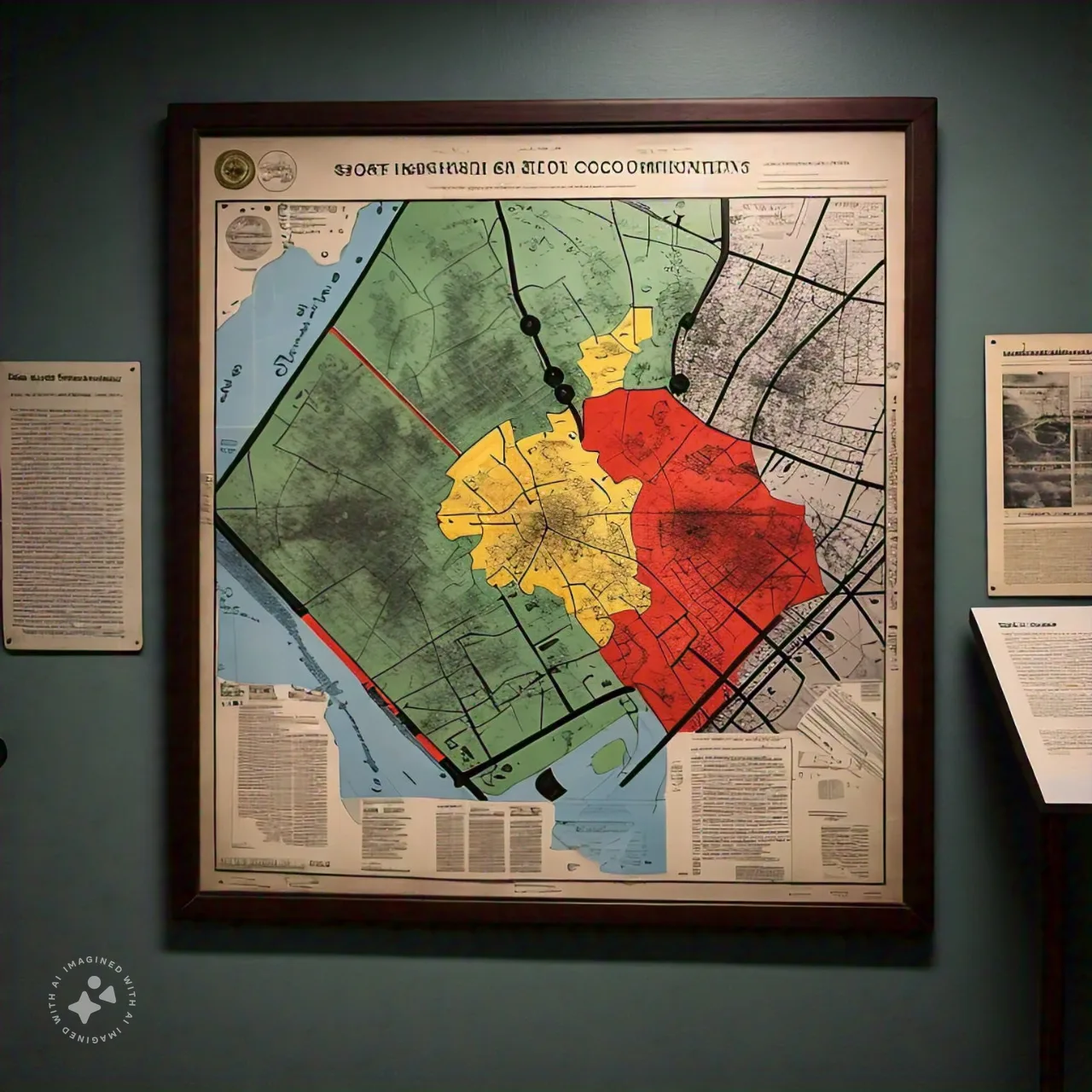


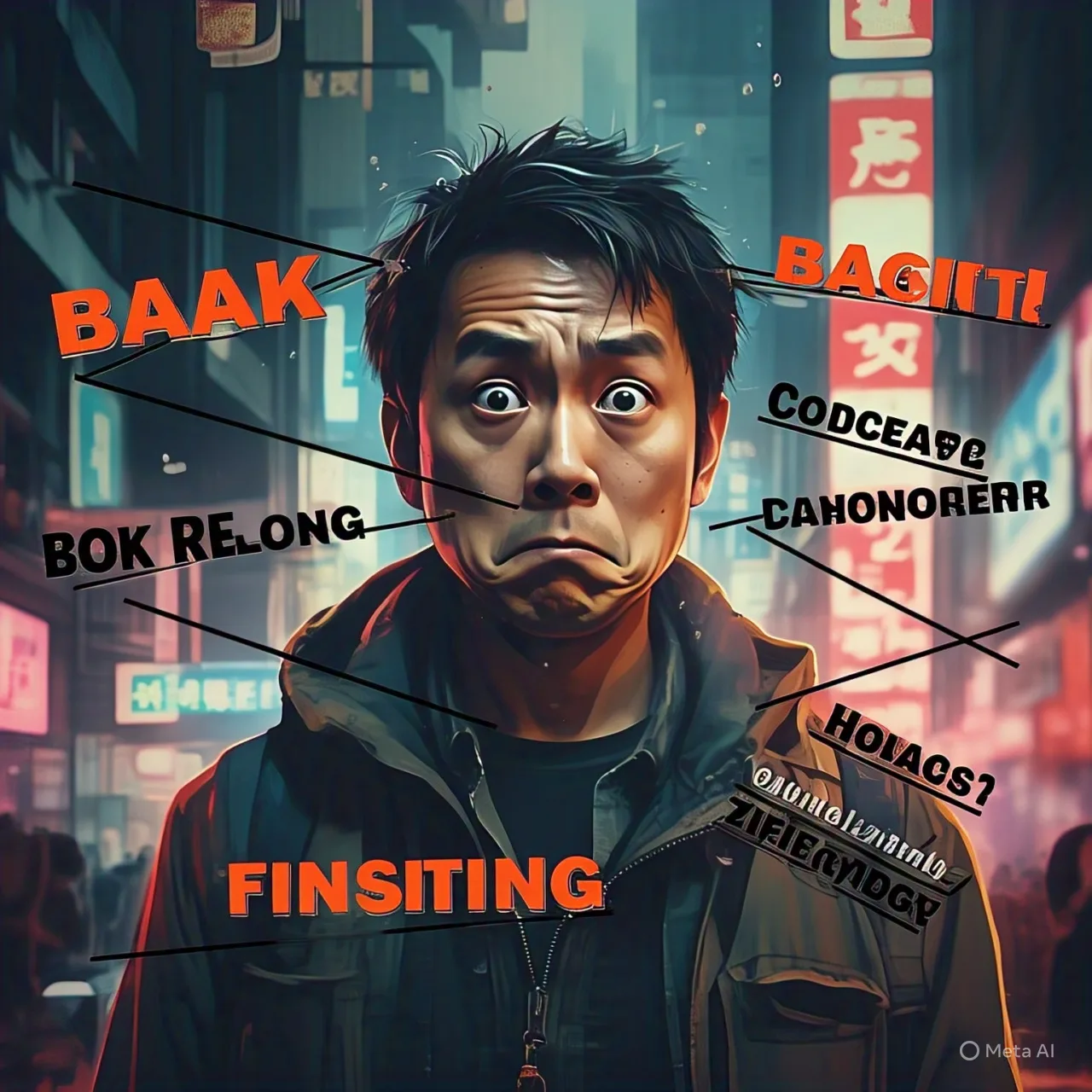
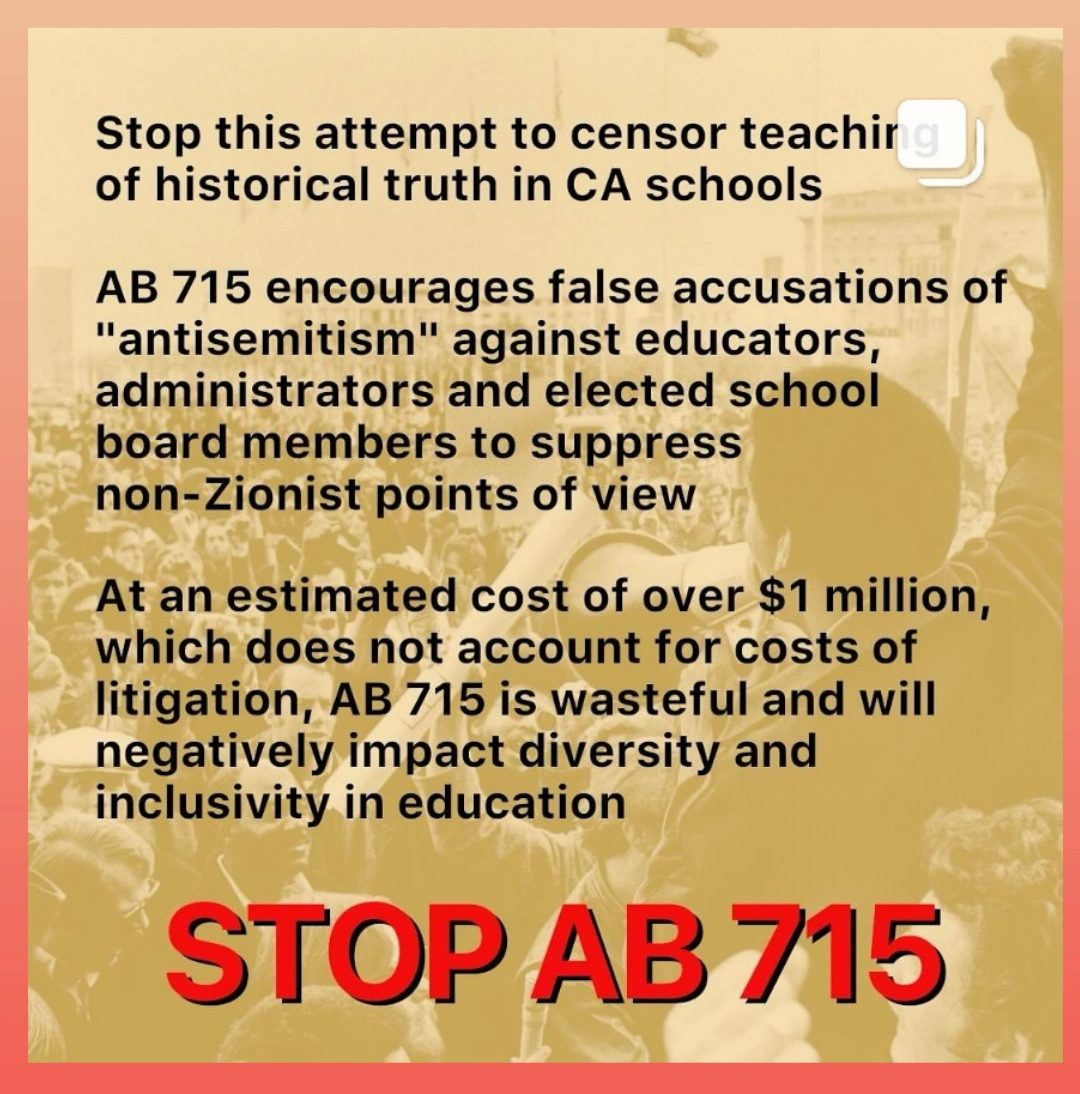
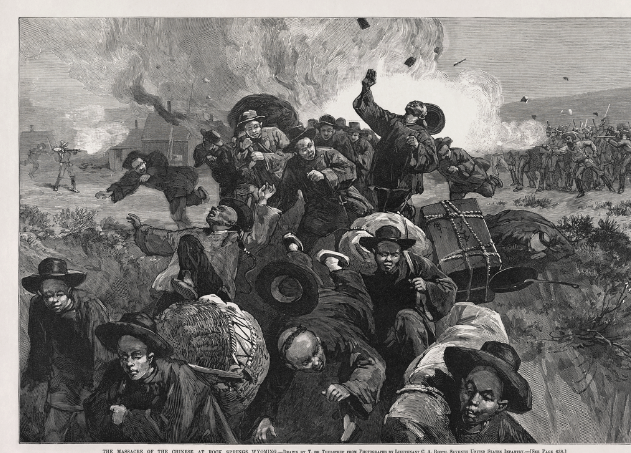

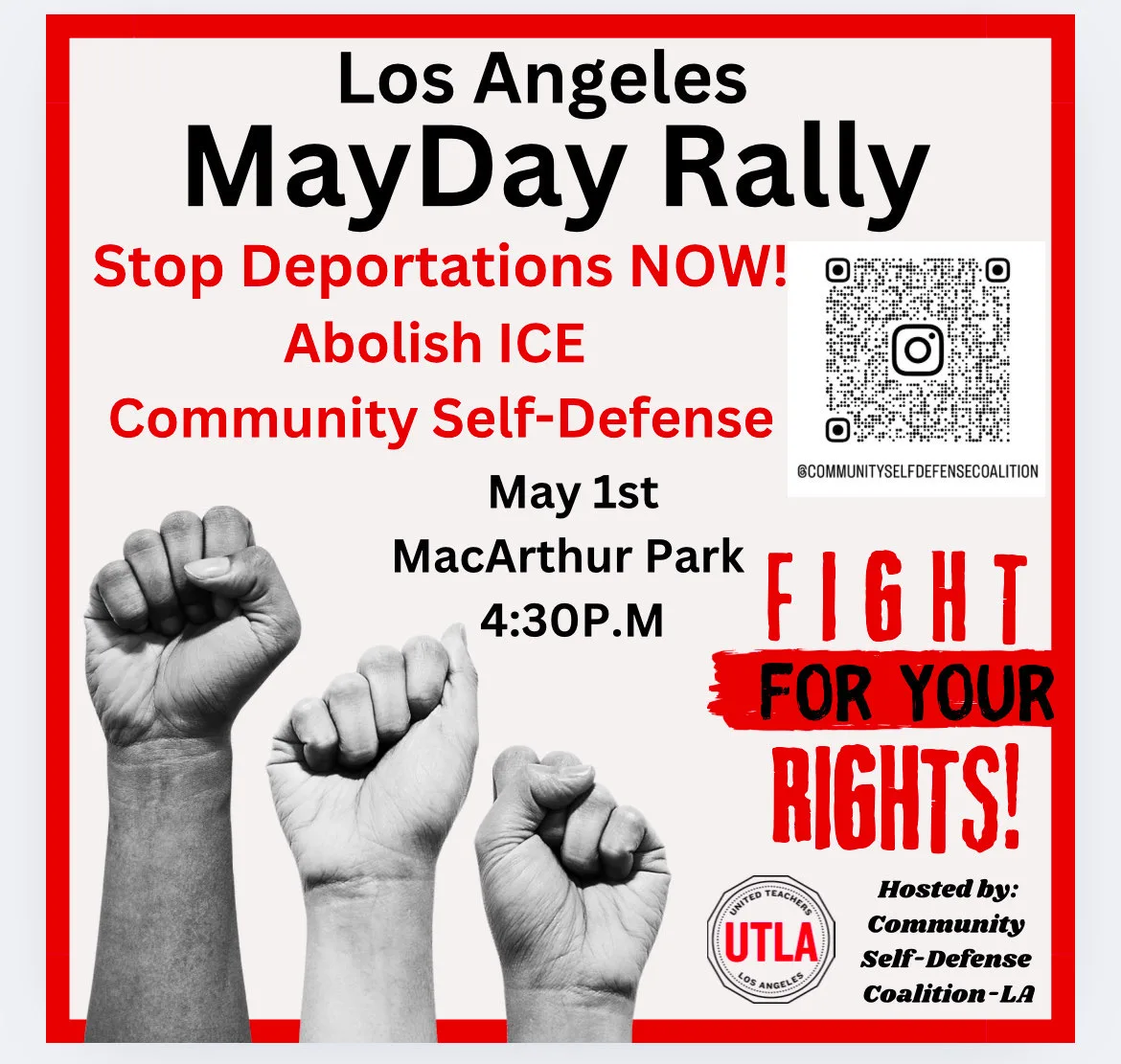
Leave a Reply